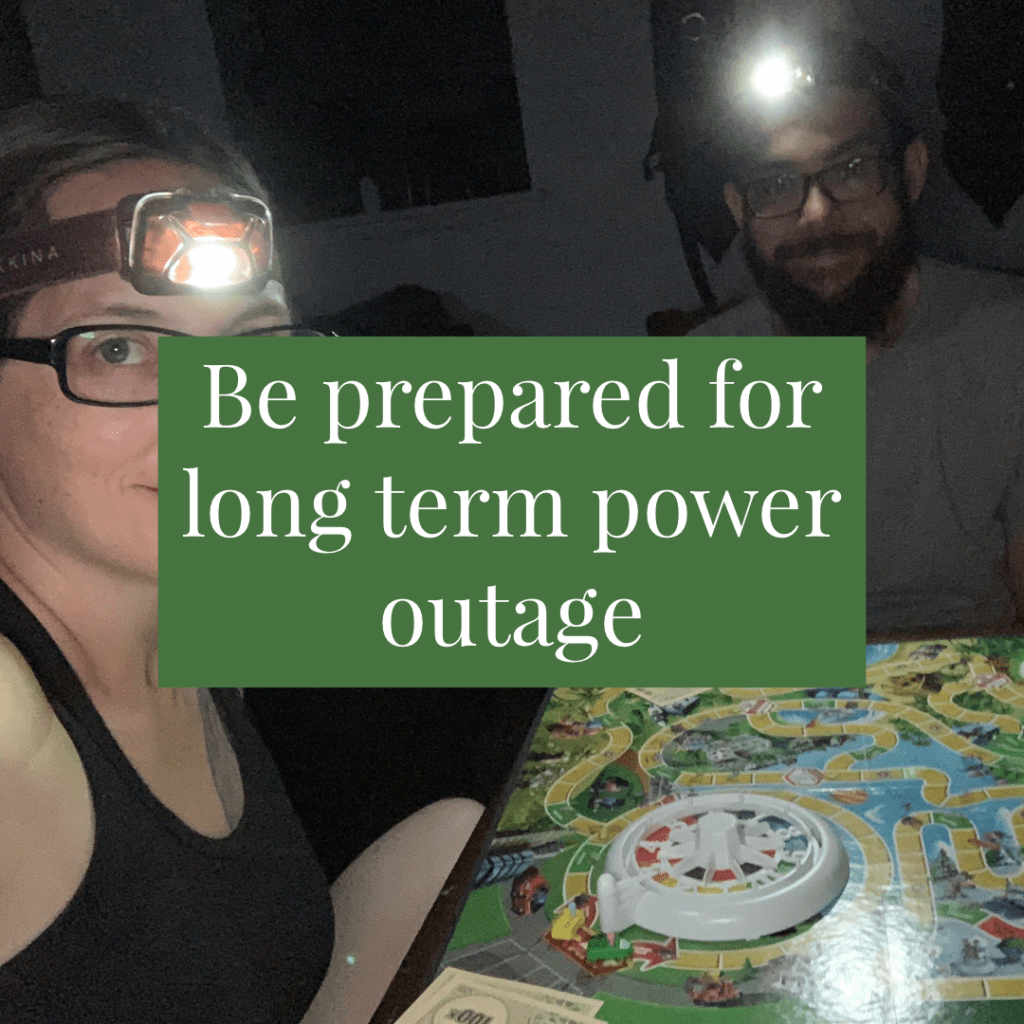Introduction:
The sudden plunge into darkness and the subsequent scramble for candles or flashlights have become all too familiar experiences during power outages. These interruptions, while frustrating and inconvenient, often leave us wondering, “Just how long will it take?” In this comprehensive guide, we embark on a journey to unravel the mystery behind power outage restoration timelines, providing an in-depth exploration of the factors influencing the duration of power outages and the measures taken to restore electricity swiftly and efficiently.

Image: www.youtube.com
Understanding Power Outages: Causes and Duration
Power outages stem from diverse causes, including severe weather, downed power lines, equipment failures, or intentional power cuts. The duration of an outage predominantly hinges on the root cause and its severity. Minor outages typically last from a few minutes to hours, while significant events may prolong power loss for days or even weeks. Here’s a breakdown of common causes and their corresponding restoration timelines:
-
Lightning Strikes and Storms: These natural occurrences frequently trigger outages lasting a few hours to several days, depending on the extent of damage to power lines and equipment.
-
Downed Power Lines: Accidents, falling trees, or strong winds can topple power lines, interrupting electricity supply. Restoration times vary based on the location and accessibility of the downed line, typically ranging from a few hours to a few days.
-
Equipment Failure: Malfunctioning transformers or circuit breakers can lead to outages lasting several hours to a day, as technicians work to identify and rectify the issue.
-
Planned Power Outages: Utility companies may conduct scheduled outages for maintenance or upgrades, with advance notice and estimated restoration timelines provided to affected customers.
Factors Influencing Restoration Timelines:
The restoration timeline of a power outage is influenced by a multitude of factors, including:
-
Time of Day and Season: Outages occurring during peak hours or severe weather conditions often face lengthier restoration times due to increased demand for power and challenging weather conditions.
-
Location of Outage: Remote or isolated outages may require longer restoration times as crews must travel longer distances and navigate difficult terrain to reach the affected area.
-
Severity of Damage: Extensive damage to power lines, transformers, or substations significantly prolongs restoration timelines, as repairs or replacements can be complex and time-consuming.
-
Availability of Crews and Equipment: Utility companies prioritize restoring power to essential services, such as hospitals and emergency responders, which may delay the restoration for other areas.
Utility Company’s Role in Power Restoration:
In the event of a power outage, utility companies play a pivotal role in restoring electricity as swiftly as possible. Their comprehensive process involves the following steps:
-
Outage Reporting: Customers report power outages to the utility company through phone calls, mobile apps, or online platforms.
-
Crew Dispatch: Dispatchers analyze the outage reports, prioritize affected areas, and assign crews to restore power.
-
Initial Assessment: Crews conduct on-site inspections to determine the cause of the outage and assess the extent of damage.
-
Repair and Restoration: Technicians work diligently to repair downed power lines, replace damaged equipment, and restore power to affected customers.
-
Communication and Updates: Utility companies provide regular updates on the restoration progress through automated phone calls, text messages, or online outage maps, keeping customers informed about the estimated time of restoration.

Image: roguepreparedness.com
Tips for Surviving Power Outages:
While waiting for power to be restored, there are proactive measures you can take to ensure safety and minimize inconvenience:
-
Stay Informed: Monitor updates from your utility company to stay informed about restoration progress and timelines.
-
Prepare an Emergency Kit: Have a plan and an emergency kit containing flashlights, batteries, a portable radio, non-perishable food, and essential medications.
-
Unplug Electronics: Unplug electronic devices and appliances to prevent damage from power surges during restoration.
-
Avoid Open Flames: Refrain from using candles indoors to prevent fire hazards. Use battery-operated lanterns or flashlights instead.
-
Stay Hydrated: Keep a good supply of drinking water and avoid excessive caffeine or alcohol consumption.
How Long Does It Take To Fix Power Outage
Conclusion:
Power outages can be a disruptive inconvenience, but understanding the factors influencing their duration and the utility companies’ restoration efforts can help us navigate these situations with preparedness and patience. By staying informed, taking necessary precautions, and supporting the efforts of our utility companies, we can mitigate the impact of power outages and restore electricity to our homes and communities as swiftly and efficiently as possible.